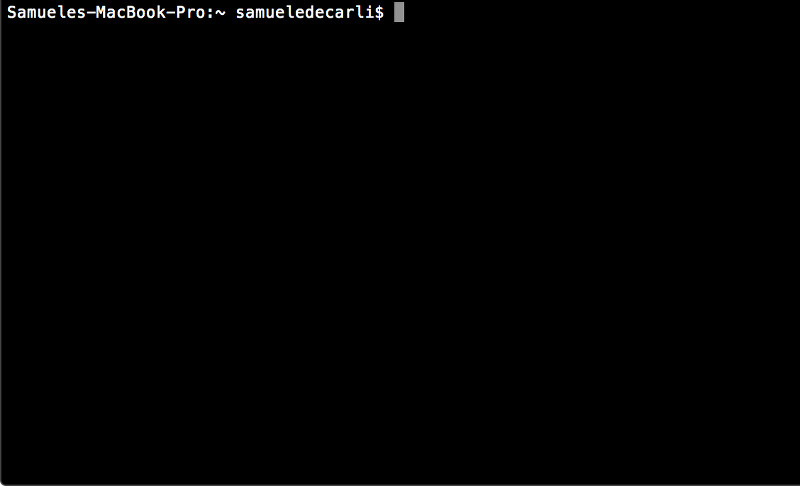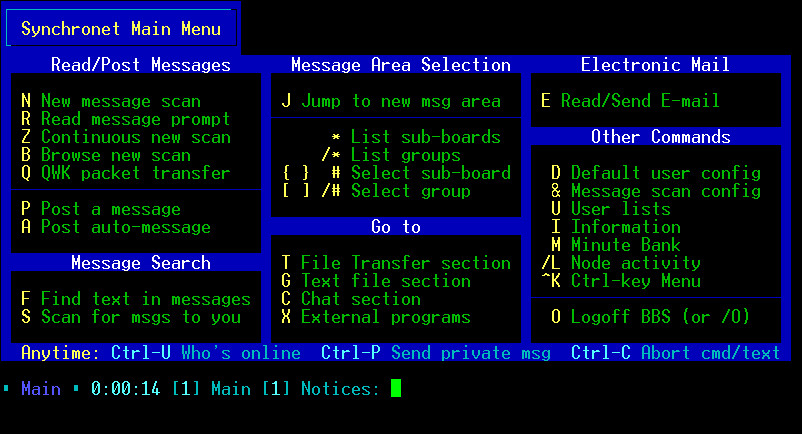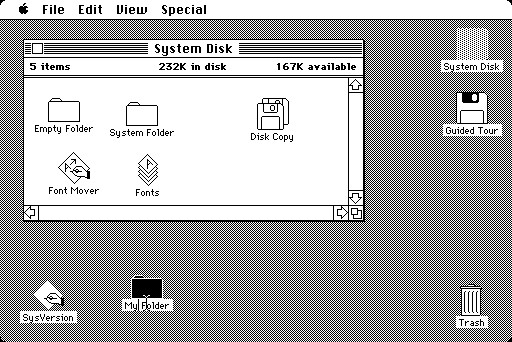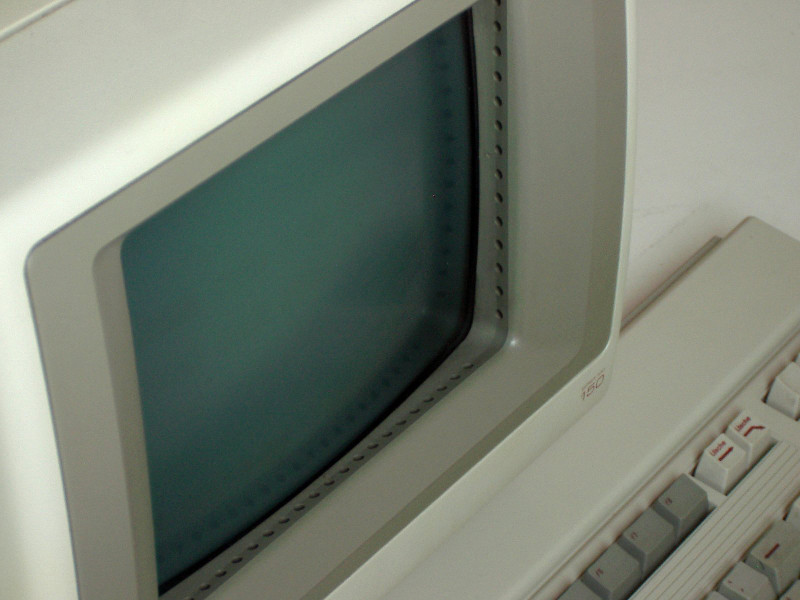Human-computer interaction
Practically all of todays' ways of interacting with computers and software were developed before or during the period from the 70s and the 90s, even the touchscreen, the staple of the smartphone era.
Command-line interface

Evolved from earlier forms of controlling computers, the command-line
interface (CLI) was the prevalent form of interaction with software in
the 70s, and early 80s, until the widespread introduction of the GUI.
The command line interface allowed people to interact in a real time
way with software, by giving written commands to the computer and, with
interpreters, allowed people to use a programming language, notably BASIC,
to communicate with their machines. It had become possible thanks to better
monitor technology, (going from teleprinters that literally printed
characters on paper to actual monitors).
This kind of interface required users to memorise a list of commands and
have some programming knowledge.
Though completely replaced by GUIs in the mainstream CLIs would continue
to be used in certain contexts, like programming.
Text-based UI

Text-based interfaces would be a sort of missing link
between
the command-line and the GUI. Still mostly text based they offered a more
friendly approach to interacting with software. Some of these interfaces
allowed for the use of a mouse, others would be navigated via keyboard or
both. Though certainly easier to utilise than CLIs these interfaces did
not yet allow for the usability level and intuitive metaphors of GUIs.
Many of the earlier killer apps
had text-based interfaces.
They would be almost completely replaced by GUIs, surviving only in
BIOS
and niche applications, like servers.
The mouse
Though invented earlier than the 70s (it was shown by
Douglas Engelbert
in his famous demo, in 1968) the
mouse
would become widespread only later
on, in the 80s, with PC compatible mouses and mouses being included with
the Apple Lisa and
Macintosh 128K.
The mouse will allow for a revolution in software, opening up new ways of
interacting with it, and leading to modern GUIs.

The GUI
Enabled by the mouse, better monitors and ever more powerful computers,
GUIs would revolutionise the way people
interact with software leading to the development of modern metaphors and
paradigms, like the desktop and windows. Though it was first developed by
Xerox PARC, it would be
Apple with the Apple Lisa, Macintosh and
Microsoft's imitations
that would bring the GUI into the mainstream.
Its characteristics would allow GUIs to make computers and software much
more usable and approachable by users, even less tech savvy ones.
Touchscreens

Though imagined already in the late 60s the first touch was realised
by CERN scientists Frank Beck and Bent Stumpe in 1973. They would remain
out of the mainstream computers for another decade, and only in 1983
a computer with a touchscreen would be commercialised, the HP-150.
Those early touchscreens were based on infrared transmitters and sensors
and did not have the multi-touch capacity of later touchscreens.
Multi-touch capabilities would be developed in 1982, and in 1985, the
first tablet was developed.
Though touchscreens did not greatly influence the computers of the time
they would later become ubiquitous.
External Links
- [Visited on 06/11/2014] Image from Wikipedia
- [Visited on 06/11/2014] Image from Wikipedia, fair use intended
- [Visited on 06/11/2014] Image from Wikimedia Commons